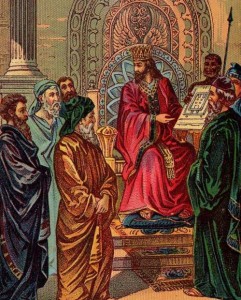In this week’s parasha, Chayei Sarah, we read about Abraham’s purchasing of Me’arat haMakhpelah, the “Cave of the Patriarchs”, for the burial of his wife Sarah (Genesis 23). Abraham approaches the Hittites who live in the area and asks Ephron for the land. Ephron agrees, and even offers to give it to Abraham for free. Yet, Abraham refuses the gift and makes sure to pay Ephron a huge amount, 400 silver shekels, far more than the land is even worth. Why did Abraham do this? One classic answer is so that no one would ever dispute ownership of the land. Abraham wanted to make it clear that he bought the land legally, fair and square; it would be for him and his descendants, and no one should claim otherwise.
There is a deeper reason for paying such an exorbitant amount, too. In his Pa’aneach Raza (on Genesis 23:16), Rabbi Yitzchak bar Yehuda haLevi (c. 1250-1290) points out that the Torah states a chomer of barley fields is worth 50 shekels (Leviticus 27:16). How much is a chomer? Based on what we know of ancient Biblical units of measure, Pa’aneach Raza shows that a chomer is equal to 75,000 square cubits. Thus, 400 silver shekels would have been enough to purchase 600,000 square cubits of land. That’s a significant number because there were 600,000 adult Israelite souls at the Sinai Revelation, and mystical texts always speak of 600,000 root souls for the Jewish people. In other words, Abraham purchased a square cubit of land for every one of his root spiritual descendants. All of Israel have a share in the Cave of the Patriarchs!
In purchasing that plot of land, Abraham set an important precedent. This same precedent would be used by Jews again starting in the 1800s to purchase back the Holy Land with the ultimate aim of re-establishing an independent Jewish state. (Amazingly, Abraham was born in the Hebrew year 1948 AM, and the State of Israel would be founded in 1948 CE! More on that connection here.) Zionists had no interest in conquering the land; they wanted to purchase it legally, fair and square, just as Abraham had done. There should be no dispute as to who owns the land. So this is what they did, purchasing one plot at a time.
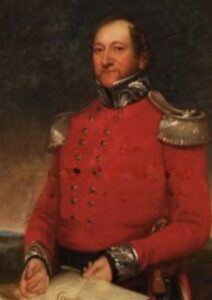
Sir Moses Montefiore
Some of the earliest purchases were spearheaded by Sir Moses Montefiore (1784-1885), an Italian-English Sephardic Jew who first visited the Holy Land in 1827. He travelled to the four Jewish holy cities of Jerusalem, Hebron, Tiberias, and Tzfat. In between these towns, he saw a barren, unused, undeveloped region, and envisioned a Jewish revival. In fact, this visit was so inspiring that he became a ba’al teshuva and henceforth a deeply religious man. Montefiore came back following the devastating 1836 earthquake that destroyed Tzfat and Tiberias, and provided massive sums of money to rebuild them. In 1840, he purchased the site of Rachel’s Tomb and rebuilt the ancient Jewish pilgrimage site. In 1860, he purchased land outside of Jerusalem to establish the Jewish settlement Mishkenot Sha’ananim (his windmill, built to provide cheap flour for all, still stands today), followed by the Ohel Moshe and Mazkeret Moshe neighbourhoods. He also paid for Israel’s first printing press and textile factory.

The Montefiore Quarter of Mishkenot Sha’ananim in 1948, and today. The founding of the town was financed by Sir Moses Montefiore and the estate of Judah Touro. The Montefiore Windmill is visible in the background.
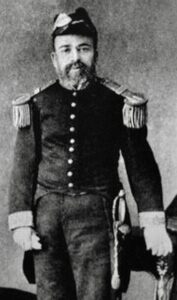
Chaim Amzaleg
Montefiore’s work inspired other prominent Jews to do the same. In 1882, a wealthy Jew named Chaim Nissim Amzaleg (1828-1916), who was working for the British office in Jaffa, purchased 835 acres of land nearby. He gave the land to ten Jewish pioneers from Russia, who established the town of Rishon LeZion. Shortly after, Baron Edmon James de Rothschild sent experts to drill for groundwater and establish agriculture. He did the same for a nearby settlement of 6500 dunams which was then named Zikhron Ya’akov, in honour of the Baron’s father. This area was purchased from a Frenchman who had Christian Arab roots. Rothschild also helped to establish Metulla, Ekron, and Rosh Pina, and poured tens of millions into draining swamps, finding water, and developing the land, including laying some of the first electrical grids.
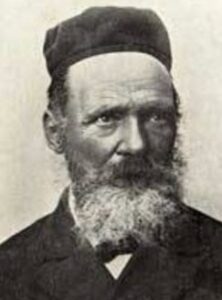
Rabbi Pines
Another pioneer was Rabbi Yechiel Michel Pines (1824-1913), who settled in Montefiore’s Mazkeret Moshe neighbourhood in 1878, also hailing originally from Russia. In 1884, Rabbi Pines purchased a plot of land from the French government and established Gedera. Three years later, a fellow Russian-born Jew named Yehoshua Hankin (1864-1945) arrived. He had made aliyah as a young man with his parents to Rishon LeZion back in 1882. After helping to get Gedera off its feet, Hankin arranged the purchase of another nearby plot in 1890, establishing the town of Rehovot. A year later, in 1891, he collected enough donations from abroad to purchase another plot, now Hadera (today’s Givat Olga neighbourhood in Hadera is named after Hankin’s wife, a famous pioneer in her own right).
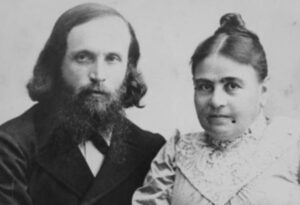
Yehoshua and Olga Hankin in 1910
Hankin’s most famous work was undoubtedly arranging the Sursock Purchases between 1901 and 1925. Much of the Holy Land at the time was owned by the Sursocks, a wealthy Greek-Lebanese Christian family. They had previously purchased the land from the Ottomans in 1872 (for a paltry 20,000 pounds), acquiring about 400,000 dunams or 364 square kilometres. Over the years, Hankin was able to arrange multiple real estate deals with the Sursocks, acquiring most of the Haifa area and the fertile Jezreel Valley.
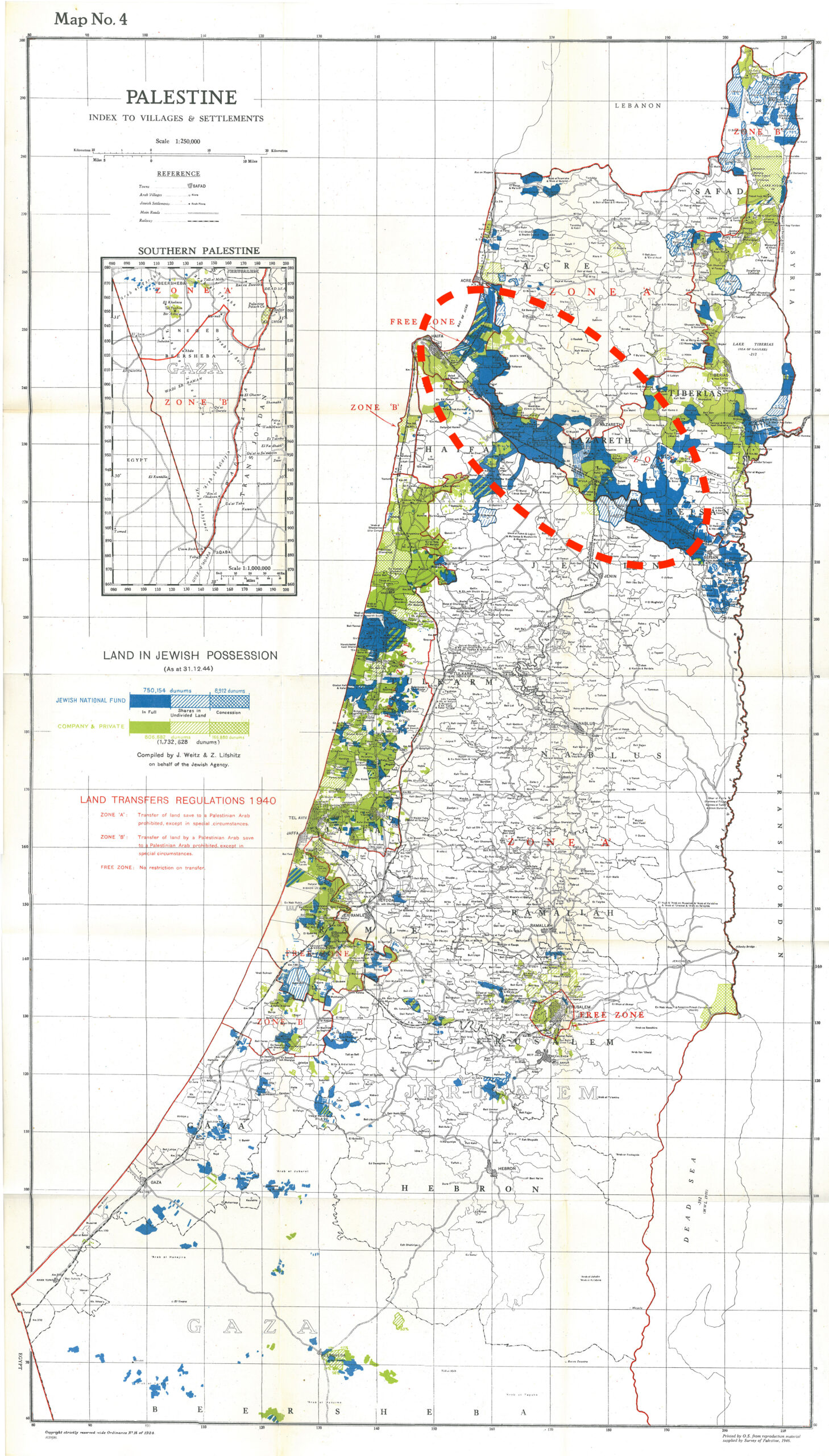
1944 map of the Sursock Purchases. Dark blue areas are owned by the Jewish National Fund and green areas are owned by private Jewish companies and individuals.
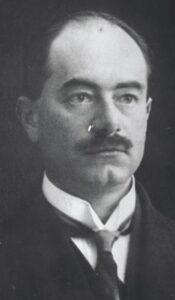
Arthur Ruppin
Hankin’s partner in securing these deals was Arthur Ruppin (1876-1943). He had made aliyah in 1908 to work for the Zionist Organization, and opened an office in Jaffa. Shortly after, in 1909, he arranged the purchase of a small, empty and barren plot of sand outside of Jaffa (with funds from a wealthy Dutch Jew named Jacobus Kann). This plot was divided among 66 Jewish families and became the city of Tel-Aviv. (For more on this critical event, see ‘1909: End of the Jewish Curse and Fulfillment of Prophecy’.) Ruppin helped establish the first kibbutz, Degania Alef, that same year. Together with Hankin, they purchased major chunks of land around the Sea of Galilee. It is interesting to note that Ruppin was originally a dovish personality and sought to help Arabs, too. He was a co-founder of Brit Shalom, an organization seeking to establish a binational state for Jews and Arabs. His philosophy changed after the brutal 1929 Hebron Massacre launched by Arab rioters, after which he abandoned all hope for collaboration.
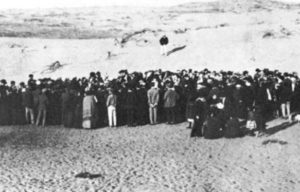
Lottery to apportion the Tel-Aviv plot in 1909
Jewish National Fund
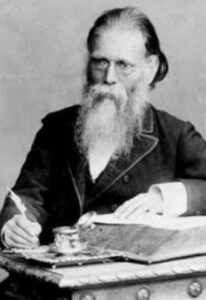
Hermann Schapira
Edmond de Rothschild would go on to purchase some 125,000 acres of land in Israel. Much of this land would be handed over to the Jewish National Fund, founded by Zvi Hermann Schapira (1840-1898). Schapira was originally a rabbi before deciding to pursue sciences and ultimately becoming a math professor at the University of Heidelburg. He proposed the idea of a unified Jewish National Fund to purchase and settle the Holy Land at the First Zionist Congress in 1897. Unfortunately, Schapira died the following year, but his vision was taken up by Yonah Johann Kremenezky (1850-1934), sometimes referred to as “Austria’s Edison” because he opened the first electric light bulb factory in the Austro-Hungarian Empire. Kremenezky was credited with “electrifying” much of Western Europe and laying the first electrical grids and street lighting systems in major European cities like Paris and Vienna. (He also invented what we today call “Christmas lights”!) Meanwhile, Kremenezky became the first chairman of the Jewish National Fund and came up with the idea of the famous JNF “blue box” to collect charity for Israel. The JNF would go on to acquire about 50% of Israel’s current landmass, develop over 250,000 acres, plant some 260 million trees, build nearly 200 dams and reservoirs, and establish over 1000 parks, while also running Israel’s first postal service. (The JNF still owns about 13% of Israel’s land today.)
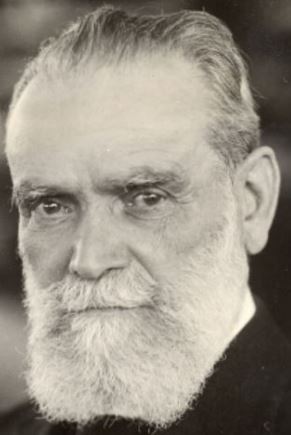
Johann Yosipovich Kremenezky
In short, despite the “anti-Zionist” propaganda that many have unfortunately succumbed to, Israel is not a foreign colonialist power that forcibly conquered the land, but the product of the land’s own indigenous people returning and buying it back peacefully and legally. (Ironically, buying it back from colonial powers who had forcibly conquered it, including the Arabs which came from Arabia in the 7th century, and the Ottoman Turks who arrived in the 16th century). And although we didn’t need anyone’s “permission” to do this, the world powers of the 20th century initially approved and supported the process. The British Balfour Declaration of 1917 designated Mandate Palestine for a Jewish homeland, and the League of Nations (precursor to the UN) officially approved it at the 1920 San Remo Conference.
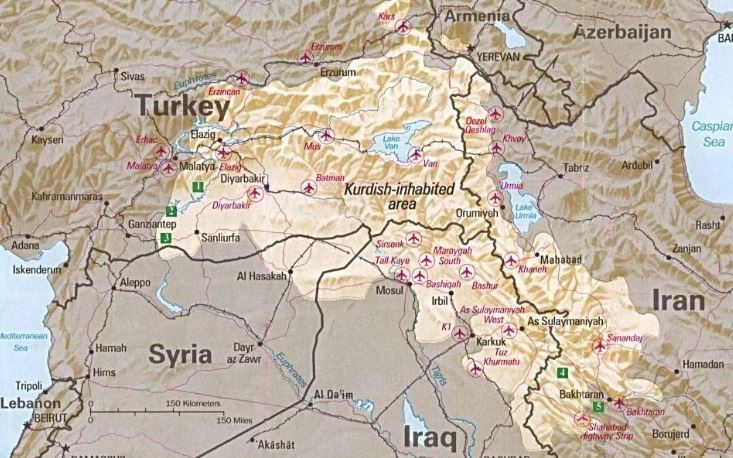 The truth is, today’s entire Middle East was carved out of the former Ottoman Empire with Western powers inventing totally new states that had never existed before. For example, Mandatory Iraq was established by the British in 1921, and became the independent Kingdom of Iraq in 1932. This was done with complete disregard for natural boundaries and ethnicities in the region, which is why Iraq continues to be embroiled in bloodshed to this day. (The forgotten Kurds have been fighting for a homeland of their own for decades, and have been called “the country erased from history”.)
The truth is, today’s entire Middle East was carved out of the former Ottoman Empire with Western powers inventing totally new states that had never existed before. For example, Mandatory Iraq was established by the British in 1921, and became the independent Kingdom of Iraq in 1932. This was done with complete disregard for natural boundaries and ethnicities in the region, which is why Iraq continues to be embroiled in bloodshed to this day. (The forgotten Kurds have been fighting for a homeland of their own for decades, and have been called “the country erased from history”.)
Jordan was similarly conjured out of thin air in 1921 by the British seeking to appease the Hashemite Arabs (who came from what is now Saudi Arabia) and handing over to them 77% of Mandate Palestine for nothing. The idea was for the east side of Mandate Palestine to be the “Palestinian Arab” state, while the smaller western portion would be left to the Jews. Jordan is, quite literally, Palestine, and the majority of its citizens today are Palestinian Arabs. In 1948, Jordan’s King Abdullah openly declared that “Palestine and Jordan are one” before annexing the West Bank in 1950! Even long after losing the West Bank in 1967, King Hussein still affirmed in 1981: “The truth is that Jordan is Palestine and Palestine is Jordan.”
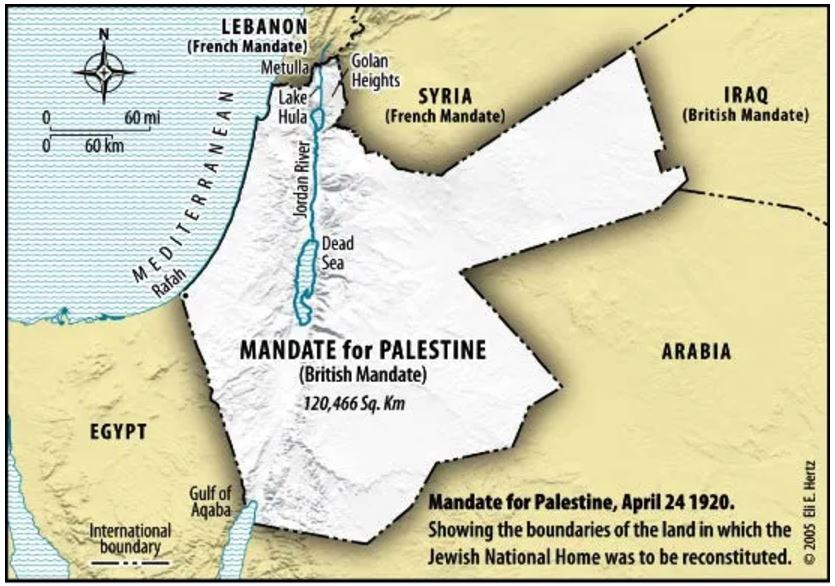


Flags of Palestine and Jordan. Walid Shoebat, Palestinian scholar and former PLO terrorist, has said: “Why is it that on June 4th, 1967, I was a Jordanian and overnight I became a Palestinian?”
Nobody questions the legitimacy of all the new states invented by the British and Western powers in the Middle East, yet bizzarely Israel is always under the magnifying glass: The Israel that already gave up 77% to a Palestinian Arab state conveniently renamed Jordan to hide its true origins; the Israel that legally purchased the vast majority of its land and invested countless millions in money, time, and effort to drain the swamps, plant forests, build infrastructure, and revive a dead region; the Israel that was voted for by a global majority both at San Remo in 1920 and at the UN in 1947. The plain and obvious truth is that not only is Israel not an illegal occupier, Israel is possibly the most legal and legitimate state in the world today.
If we can take any consolation in all of the anti-Israel madness, it is that it was prophesied long ago. We read in Ezekiel that at the End of Days, the Jewish people will return to their ancestral homeland following much persecution and resurrect a prosperous state. But the world will then turn against Israel and try to take it all away from the Jews: “In the distant future, you shall come against a country restored from the sword, gathered from among many peoples—upon the mountains of Israel, which have long lain desolate—[against a people] liberated from the nations, and all dwelling securely.” (Ezekiel 38:8) This is precisely what we have seen in the last century. And while it may seem totally upside-down, illogical, and baffling, God assures us that it’s all part of His plan “to manifest My greatness and My holiness, and make Myself known in the sight of many nations. And they shall know that I am God.” (38:23)

